As environmental concerns become increasingly prominent, the need for sustainable living practices is more pressing than ever. One of the most impactful ways to contribute to a greener future is through the design and construction of eco-friendly homes. Integrating green designs into house plans not only benefits the environment but also enhances the quality of life for homeowners.
Budding architects and homeowners should be well acquainted with this modern design concepts. To brush up their knowledge and polish their concepts we have created this detailed guide. It will help you to understand the importance of sustainable living practices, key principles of green design, and practical steps to incorporate them into your house plans.
The Importance of Sustainable Living Practices
Sustainable living practices are crucial in the face of pressing global challenges such as climate change, resource depletion, and urbanization. By opting for green designs in our homes, we can significantly reduce our ecological footprint and contribute to a healthier planet. Here are some compelling reasons why sustainable living practices matter:
Environmental Impact:
Traditional home construction and operation consume vast amounts of energy and natural resources, contributing to pollution, deforestation, and habitat destruction. Sustainable homes minimize these negative impacts.
Energy Efficiency:
Green designs prioritize energy efficiency, reducing the demand for fossil fuels and lowering greenhouse gas emissions. This not only benefits the environment but also leads to substantial cost savings for homeowners.
Health and Well-being:
Sustainable homes often feature better indoor air quality, natural lighting, and temperature regulation. These factors can enhance the health and well-being of occupants, reducing the risk of respiratory issues and other health problems.
Resilience:
As extreme weather events become more frequent, sustainable homes are better equipped to withstand and recover from disasters, offering a safer living environment for their occupants.
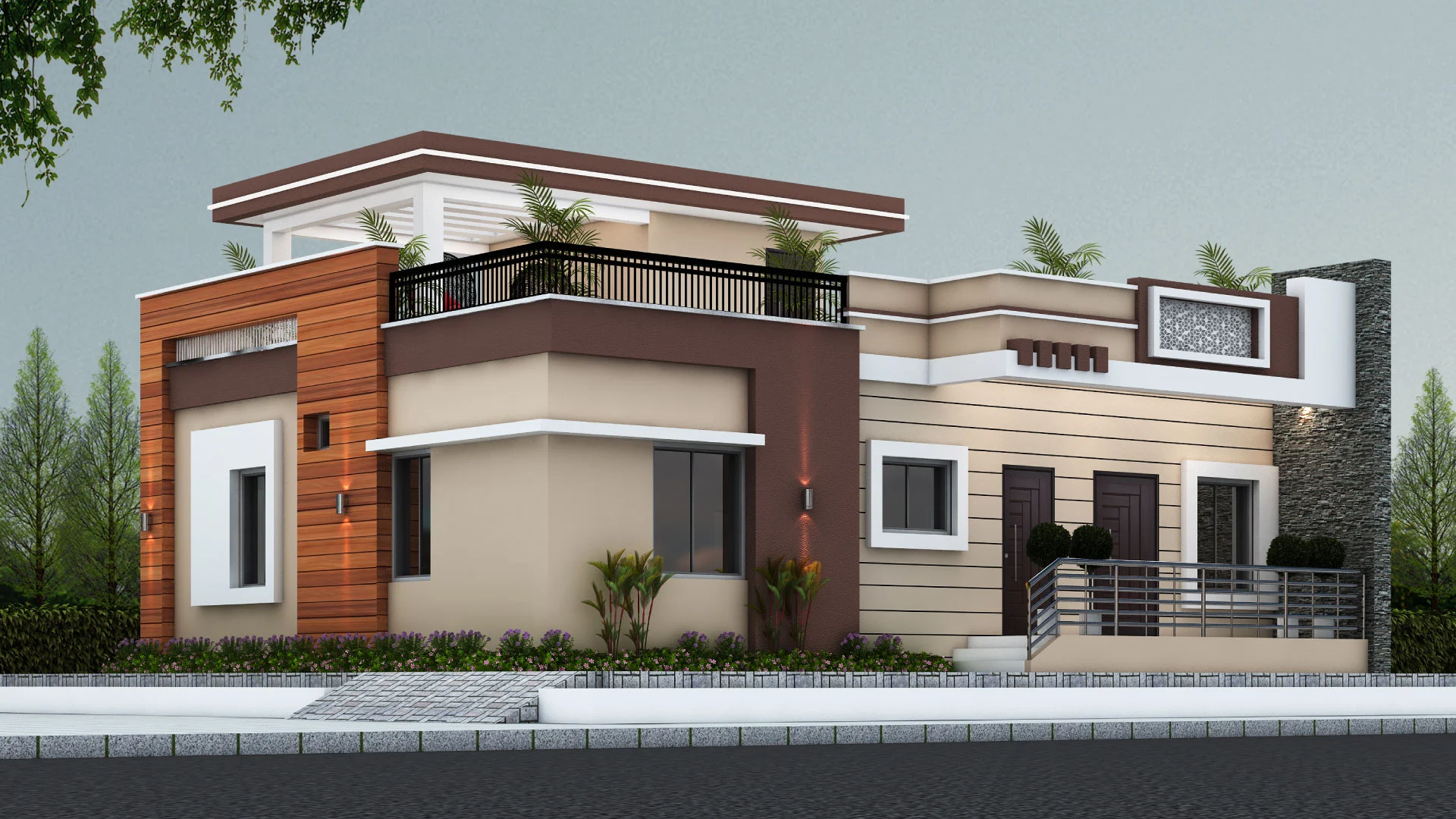
Key Principles of Green Designs
To integrate green designs into your house plans effectively, it’s important to understand the key principles that underpin sustainable living practices:
Passive Solar Design:
Harnessing the power of the sun for heating, cooling, and lighting is a fundamental aspect of green design. This involves strategically positioning windows, shading devices, and thermal mass to optimize energy efficiency.
Energy-Efficient Appliances and Systems:
Choose energy-efficient appliances and systems, such as LED lighting, smart thermostats, and solar panels, to reduce energy consumption and reliance on non-renewable sources.
Sustainable Materials:
Selecting eco-friendly building materials that are locally sourced, renewable, and non-toxic is essential. These materials have a lower environmental impact and contribute to healthier indoor air quality.
Water Conservation:
Implement water-saving fixtures, rainwater harvesting systems, and efficient landscaping to reduce water consumption and minimize strain on local water resources.
Passive Ventilation:
Incorporate natural ventilation strategies to improve indoor air quality and reduce the need for mechanical cooling systems.
Practical Steps to Incorporate Green Designs
Now that we understand the importance of sustainable living practices and the key principles of green design, let’s explore some practical steps to integrate these principles into your house plans:
1. Site Selection and Orientation:
- Choose a site that maximizes exposure to sunlight while considering local climate conditions.
- Orient the house to take advantage of passive solar heating and cooling.
- Minimize disturbance to existing ecosystems and natural features on the property.
2. Energy Efficiency:
- Opt for high-performance insulation and windows to enhance the building envelope’s efficiency.
- Incorporate solar panels or a solar water heating system to generate clean energy.
- Design an efficient HVAC system with proper insulation and zoning to reduce energy consumption.
3. Sustainable Materials:
- Use reclaimed or recycled materials when possible.
- Prioritize locally sourced materials to reduce transportation emissions.
- Ensure that materials have low volatile organic compound (VOC) content to improve indoor air quality.
4. Water Conservation:
- Install low-flow toilets, faucets, and showerheads to reduce water consumption.
- Implement a rainwater harvesting system for outdoor use and potentially indoor non-potable water needs.
- Design a drought-resistant landscape that requires minimal irrigation.
5. Indoor Air Quality:
- Use natural finishes and paints with low VOC content.
- Incorporate ample ventilation and air purification systems to ensure a healthy indoor environment.
- Design spaces that maximize natural daylight and views to the outdoors.
6. Sustainable Landscaping:
- Employ native plants that require less water and maintenance.
- Create outdoor spaces for food production, such as vegetable gardens or fruit trees.
- Implement permeable surfaces to reduce water runoff and improve groundwater recharge.
7. Monitoring and Maintenance:
- Regularly monitor energy and water usage to identify opportunities for improvement.
- Establish a maintenance plan to ensure that all sustainable features continue to function optimally.
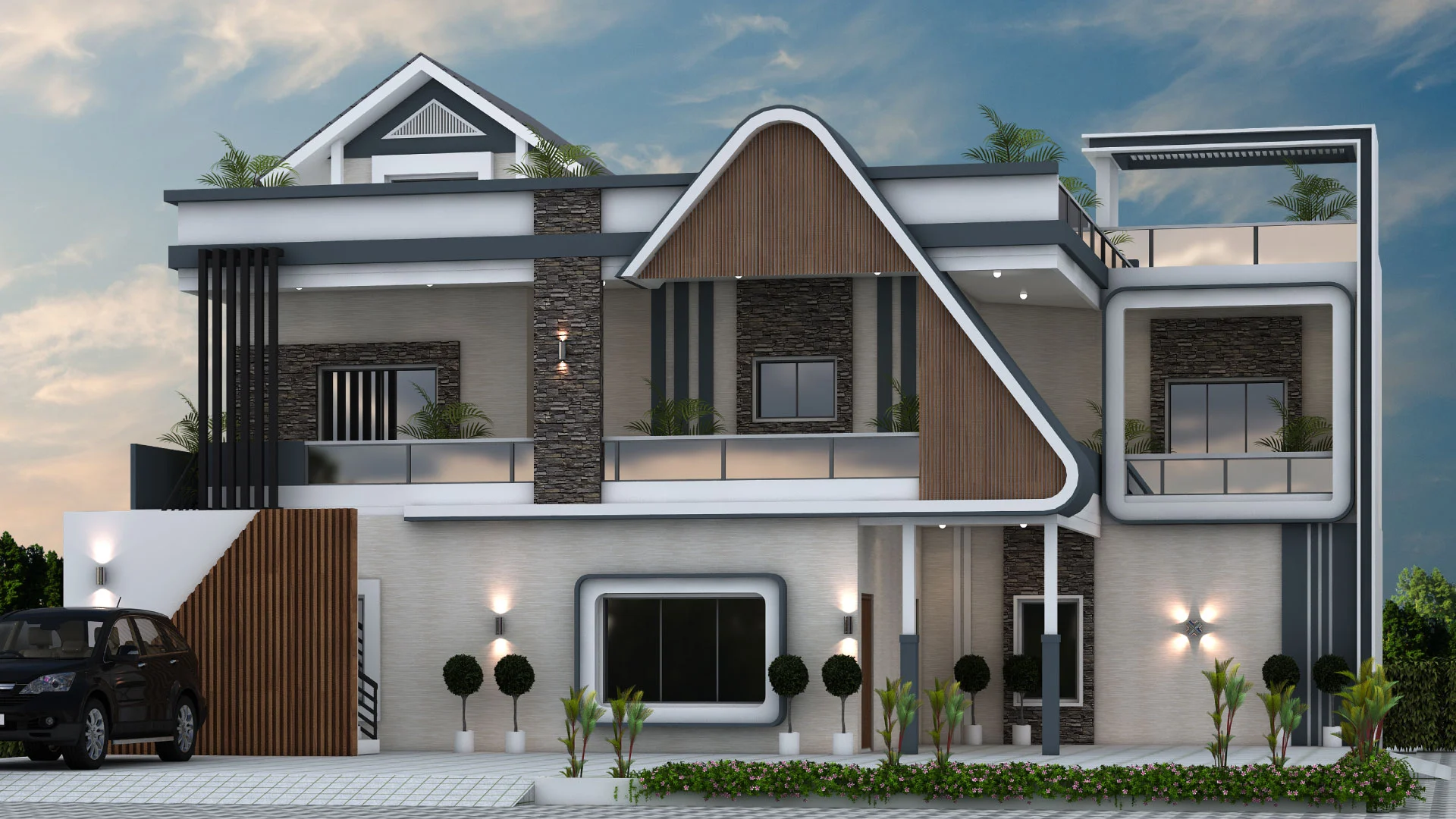
Conclusion
Integrating green designs into house plans is a powerful way to embrace sustainable living practices and make a positive impact on the environment. By considering principles like passive solar design, energy efficiency, sustainable materials, water conservation, and indoor air quality, you can create a home that is not only eco-friendly but also comfortable and healthy for its occupants. As we collectively strive for a more sustainable future, these efforts at the individual level contribute significantly to a greener and more resilient world. So, when designing your dream home, remember that going green is not just a trend; it’s a responsible and forward-thinking choice for the planet and future generations.
Frequently Asked Questions about Green Designs
Q: How can I incorporate passive solar design into my house plans?
A: Passive solar design involves optimizing the placement of windows, thermal mass, and shading to harness the sun’s energy for heating and cooling. To incorporate it, consider the local climate, orient your home for maximum sunlight exposure, and use materials like concrete or tile for thermal mass.
Q: What are the benefits of water conservation strategies in green house plans?
A: Water conservation strategies, such as low-flow fixtures, rainwater harvesting, and drought-resistant landscaping, help reduce water consumption, save money on utility bills, and minimize the strain on local water resources.
Q: How can I ensure good indoor air quality in my green home?
A: To ensure good indoor air quality, use non-toxic finishes and paints, incorporate proper ventilation systems, and maximize natural daylight and outdoor views. Additionally, choose materials with low VOC content.
Q: What role does landscaping play in green house plans for sustainable living?
A: Landscaping can contribute to sustainability by using native plants, promoting biodiversity, reducing the need for irrigation, and even providing spaces for food production like vegetable gardens or fruit trees.
Q: Do green designs add to the construction cost of a home?
A: Initially, green designs may add some upfront costs. However, they often result in long-term savings on energy bills and maintenance, making them cost-effective over time. Additionally, incentives and rebates can help offset initial expenses.


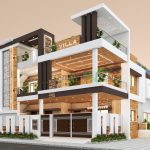
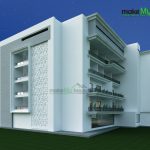
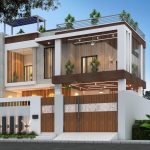
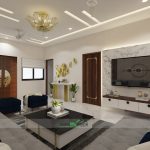
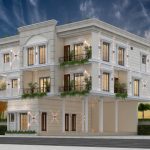
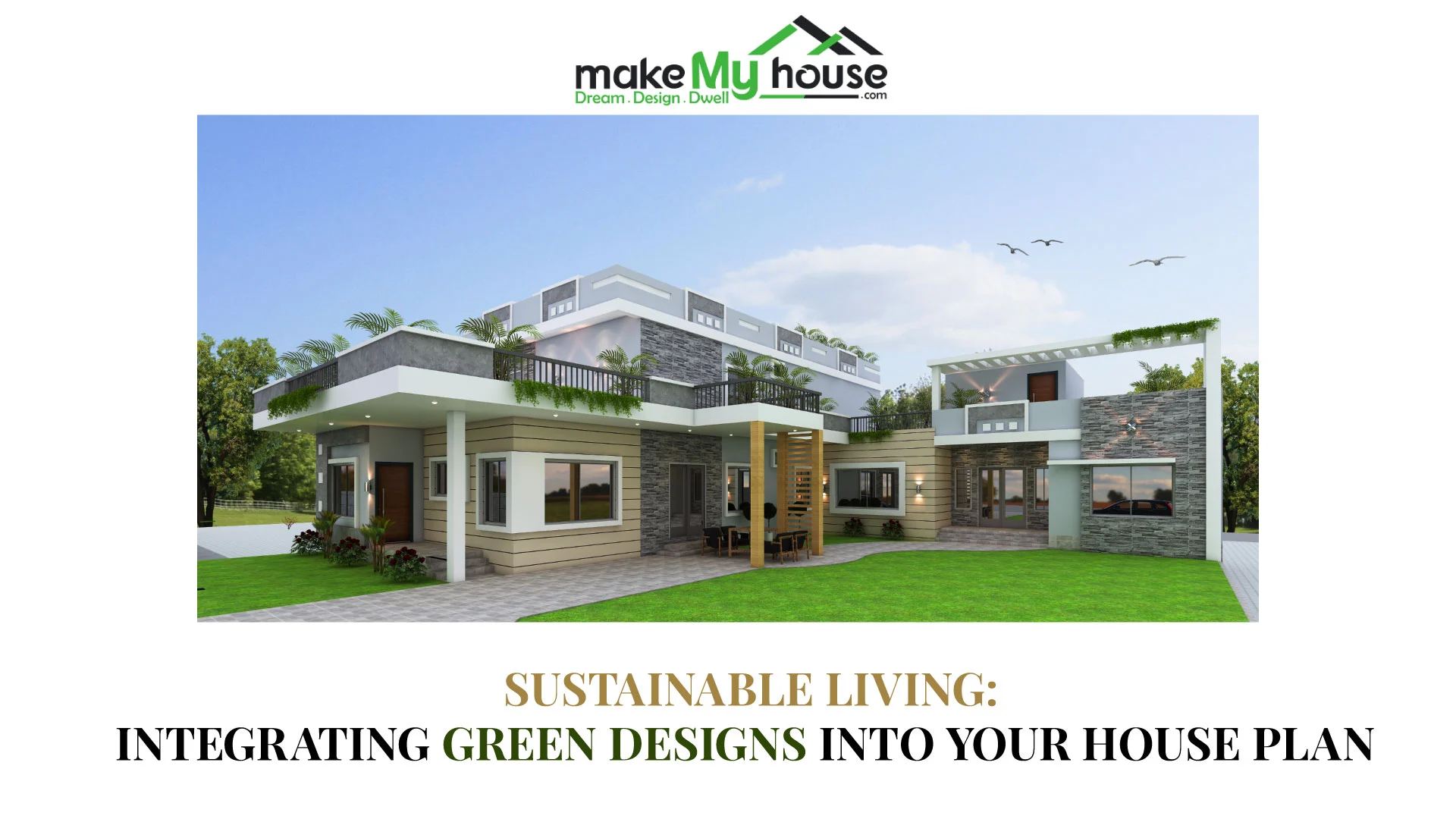

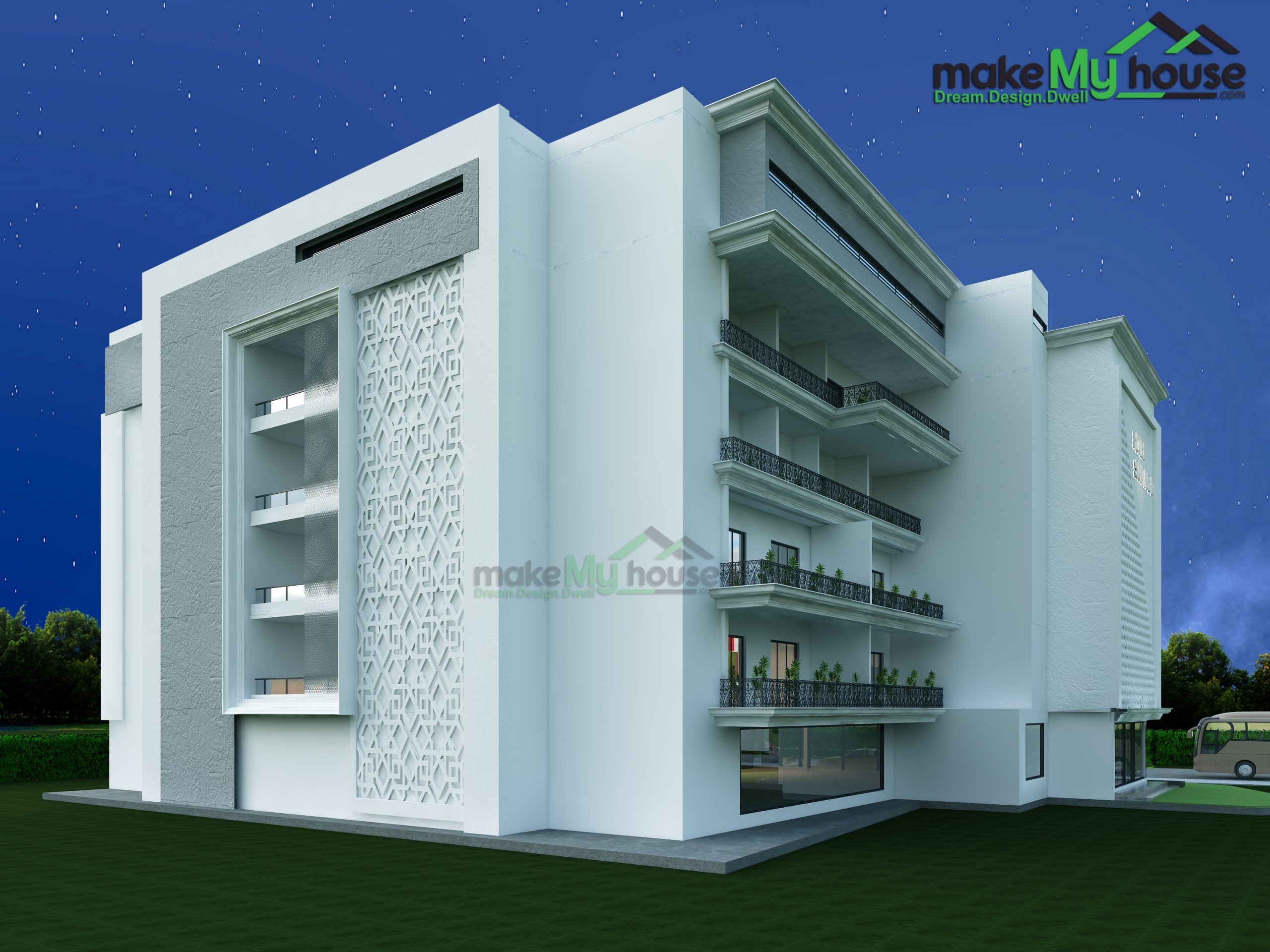
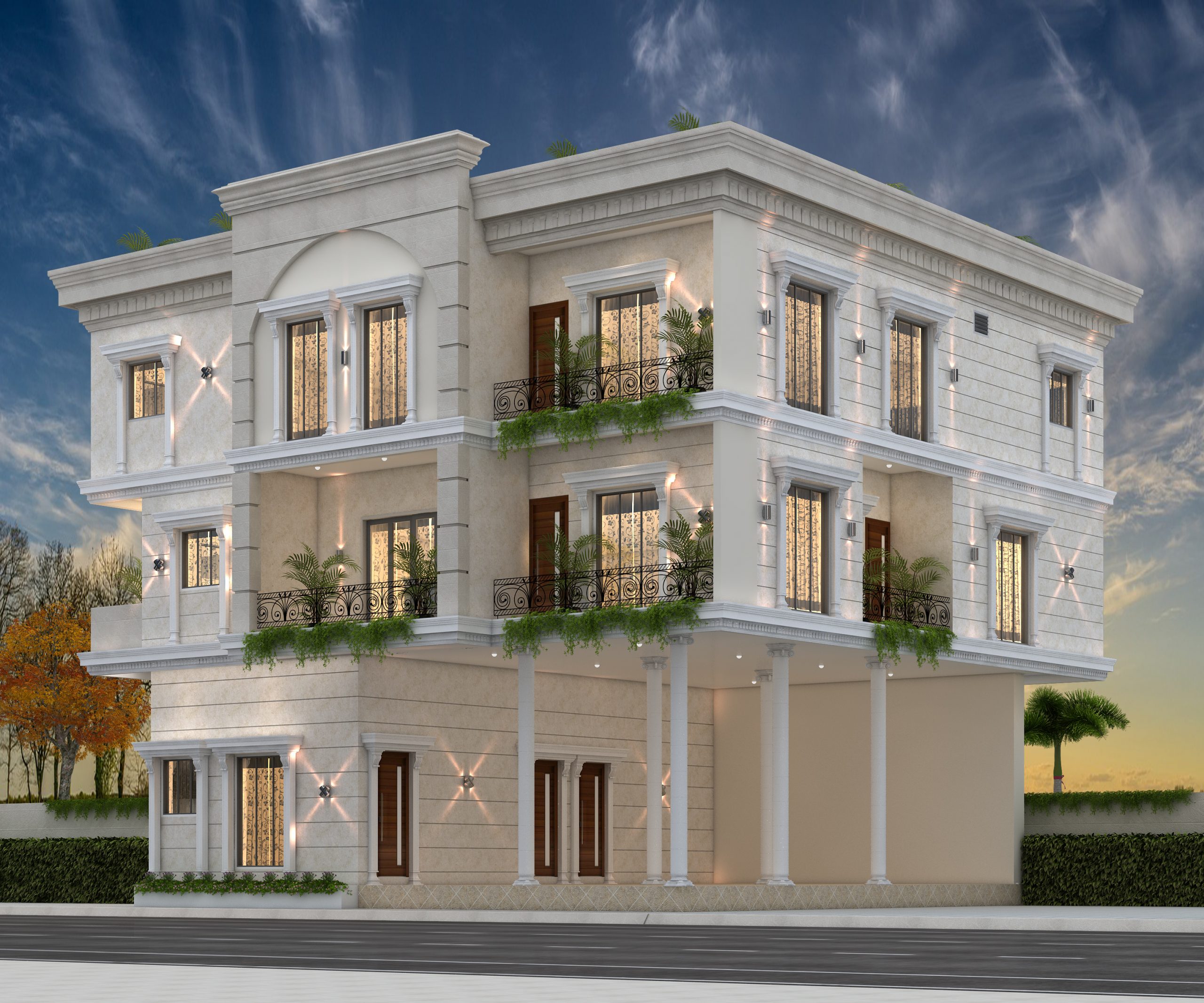
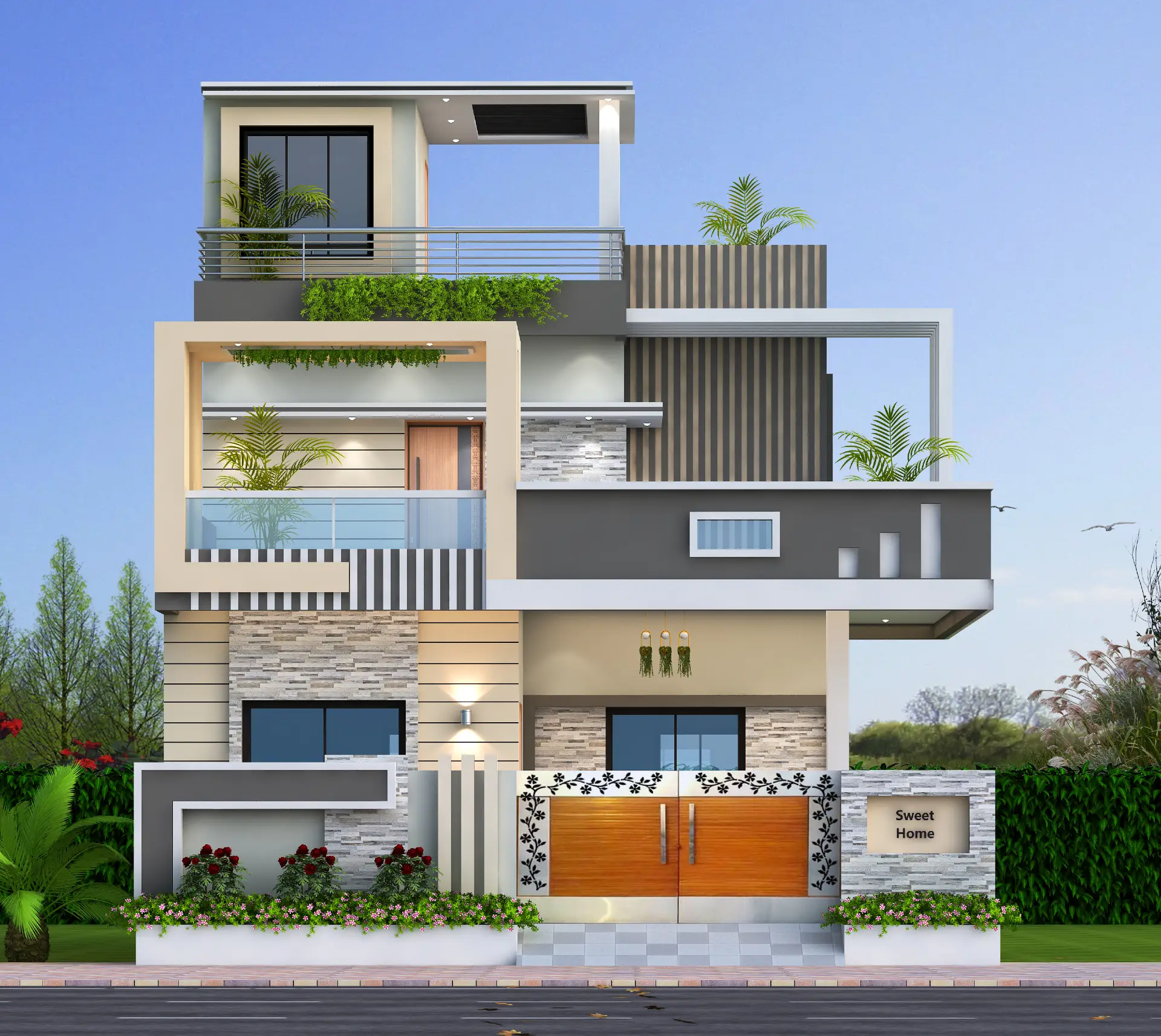
One thought on “Sustainable Living: Integrating Green Designs into Your House Plan”